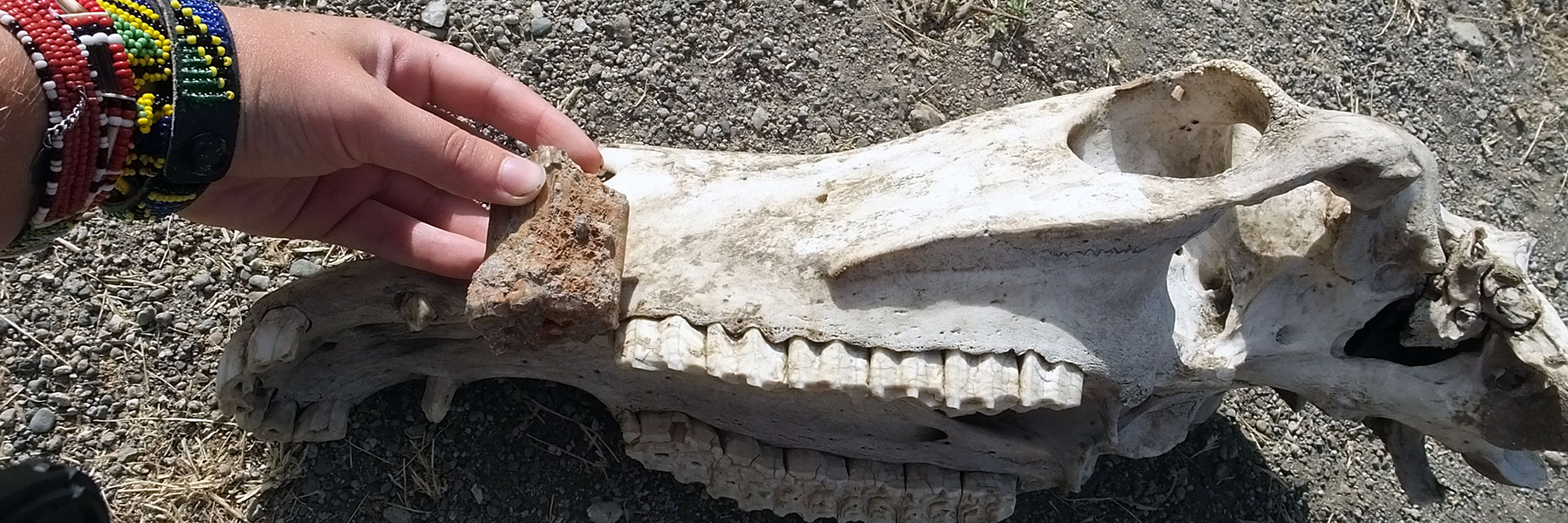IUPC and CBRC personnel are dedicated to caring for the natural history specimens in their physical and digital forms with managerial and curatorial skills advocated by policy. With innovations in digital technology CBRC preserves the specimens, protects the history of the Earth embedded in these collections, and uses and shares these resources with researchers within and outside of the State of Indiana to introduce natural history and biological evolution of the Earth to the general public.
People of the IUPC
IUPC and CBRC enhance the teaching and research mission of Indiana University by training undergraduate students in digitization of zooarchaeology and fossil specimens and their associated metadata, and graduate students in enhanced specimen research and in training undergraduates on specimen-related, technological research, managerial and curatorial procedures.
How we support students in IUPC
UPC and CBRC fund RA positions for graduate students to learn management and curatorial skills with physical specimens and 3D and digital data methods. Graduate student RAs, in turn, instruct undergraduate hourly workers, who then teach techniques and technologies to their peers. This year more than 50 students expressed interest in the 12 hourly positions available. For many of our undergraduates, this work represents their first exposure to scientific research. Thus, their assignments have been designed to serve a dual purpose: to push the goals of CBRC, WRAZL, and IUPC forward, while simultaneously acting as an introduction to various aspects of the scientific process and the organization of contemporary research collections.
In addition, all WRAZL and IUPC undergraduate workers have contributed to, and are responsible for, general collections upkeep, including maintaining equipment, supplies, and work areas within the IUPC.CBRC has faculty and student researchers with deep knowledge of the unique value of natural history collections.


